A friend of mine had been talking about the Farallon Islands for months and months. I didn’t really know what they were until I moved to San Francisco.
About 30 miles west of the Golden Gate bridge, the Farallons jet out of the water, seemingly the only blip on an endless horizon of the Pacific. We spotted them 3 hours into our boat ride from San Francisco. From far away, they looked like a cathedral perched on the horizon. Mariners also refer to the islands as Devil's Teeth islands (the title of Susan Casey's marvelous book), because of its many treacherous underwater shoals. It is also easily hidden by the Bay area's famous fog.
About 30 miles west of the Golden Gate bridge, the Farallons jet out of the water, seemingly the only blip on an endless horizon of the Pacific. We spotted them 3 hours into our boat ride from San Francisco. From far away, they looked like a cathedral perched on the horizon. Mariners also refer to the islands as Devil's Teeth islands (the title of Susan Casey's marvelous book), because of its many treacherous underwater shoals. It is also easily hidden by the Bay area's famous fog.
I visited the islands with friends on a diving reconnaissance mission in October. We could not step foot on the island (only a dozen or so are given permission to do so as part of the permanent station there - eight researchers live on the islands). It's estimated only a few hundred people have ever dove there, so this was a unique and exciting opportunity.
October, or “Sharktober”, is when great whites swarm around the islands, hoping to pick seals off the island at high tide. I imagined seeing dorsal fins skimming above the surface, but exaggerated media portrayals drove my imagination. We did not see fins as all, nor do those who visit regularly. The sharks mostly stay below the surface. From Shark Stewards' website: Sharks have swum the oceans for over 400 million years, helping to shape and maintain the health and balance of marine species and ocean ecosystems. Sharks have survived the five great extinction events, including the last which caused the dinosaurs to go extinct. For all this time, sharks were the top predators in the ocean. Until Now.
Friends organizing the trip had gone out with Shark Stewards, an organization whose mission is to restore ocean health by saving sharks from overfishing and the shark fin trade, and protecting critical marine habitat through the establishment of marine protected areas and shark sanctuaries. The work of "Shark Girl Maddison" (Instagram: @sharkgirlmadison) with Project Hiu is also very commendable and worth supporting in this regard. You can dive from boats that are turning from shark-catching boats to boats for recreation and tourism. A lot of folks propose this idea but it is a hard one to actually make happen. Change happens over generations.
Another reason I wanted to see the Farallons was because of its geological story. I caught the geology bug from fellow Pisces VI submarine scientist Prof. Aida Farough and fellow National Geographic Explorer Federico Fanti while we were filming a documentary about fossilized coral this summer. Short recap of the geology from Insta story:
October, or “Sharktober”, is when great whites swarm around the islands, hoping to pick seals off the island at high tide. I imagined seeing dorsal fins skimming above the surface, but exaggerated media portrayals drove my imagination. We did not see fins as all, nor do those who visit regularly. The sharks mostly stay below the surface. From Shark Stewards' website: Sharks have swum the oceans for over 400 million years, helping to shape and maintain the health and balance of marine species and ocean ecosystems. Sharks have survived the five great extinction events, including the last which caused the dinosaurs to go extinct. For all this time, sharks were the top predators in the ocean. Until Now.
Friends organizing the trip had gone out with Shark Stewards, an organization whose mission is to restore ocean health by saving sharks from overfishing and the shark fin trade, and protecting critical marine habitat through the establishment of marine protected areas and shark sanctuaries. The work of "Shark Girl Maddison" (Instagram: @sharkgirlmadison) with Project Hiu is also very commendable and worth supporting in this regard. You can dive from boats that are turning from shark-catching boats to boats for recreation and tourism. A lot of folks propose this idea but it is a hard one to actually make happen. Change happens over generations.
Another reason I wanted to see the Farallons was because of its geological story. I caught the geology bug from fellow Pisces VI submarine scientist Prof. Aida Farough and fellow National Geographic Explorer Federico Fanti while we were filming a documentary about fossilized coral this summer. Short recap of the geology from Insta story:
The actual day of our dives felt like a dream. Arriving at the marina while it was still dark at 5am, we disembarked with the sun rising behind us, shimmering through the Golden Gate. Propoises glided in the water around us. After three hours on the water we saw the Farallons majestically rising from the ocean.
| Five flavors of sunset captured on our sail to and from the Farallons. The whole journey felt like a dream because we arrived at the dock before the sun rose, the sun rising behind us as we sailed, and then we were coming with the sun setting behind us, back at the dock by dark. | Our dive ended up being very short due to conditions and equipment failures. This was all my footage and as you can tell it's not the greatest (might even be motion-sickness enduring). We saw urchins and sea stars at the bottom in the murky, green, low-visibility water. |
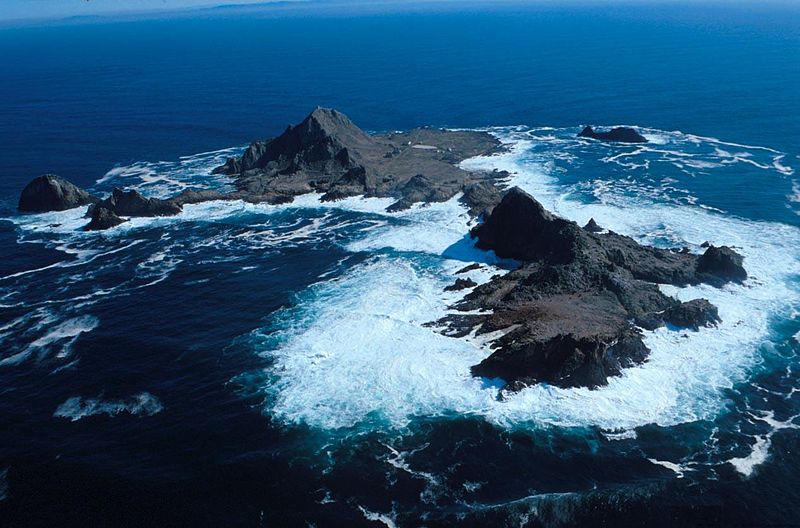
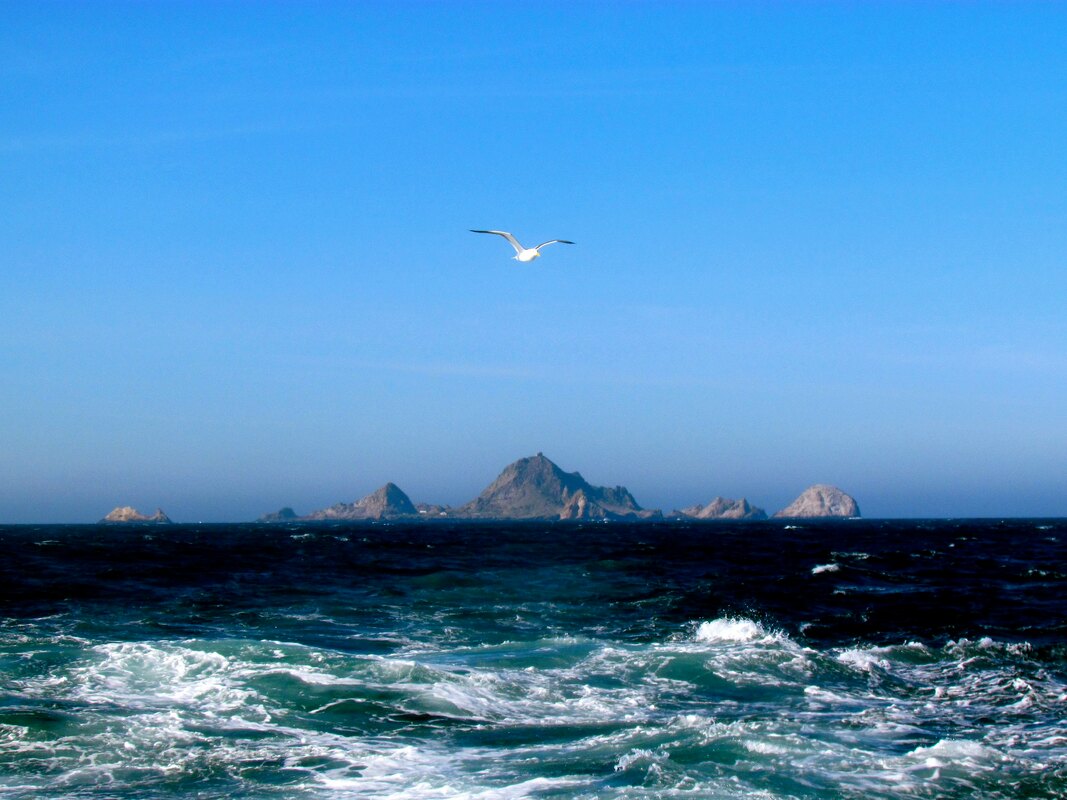
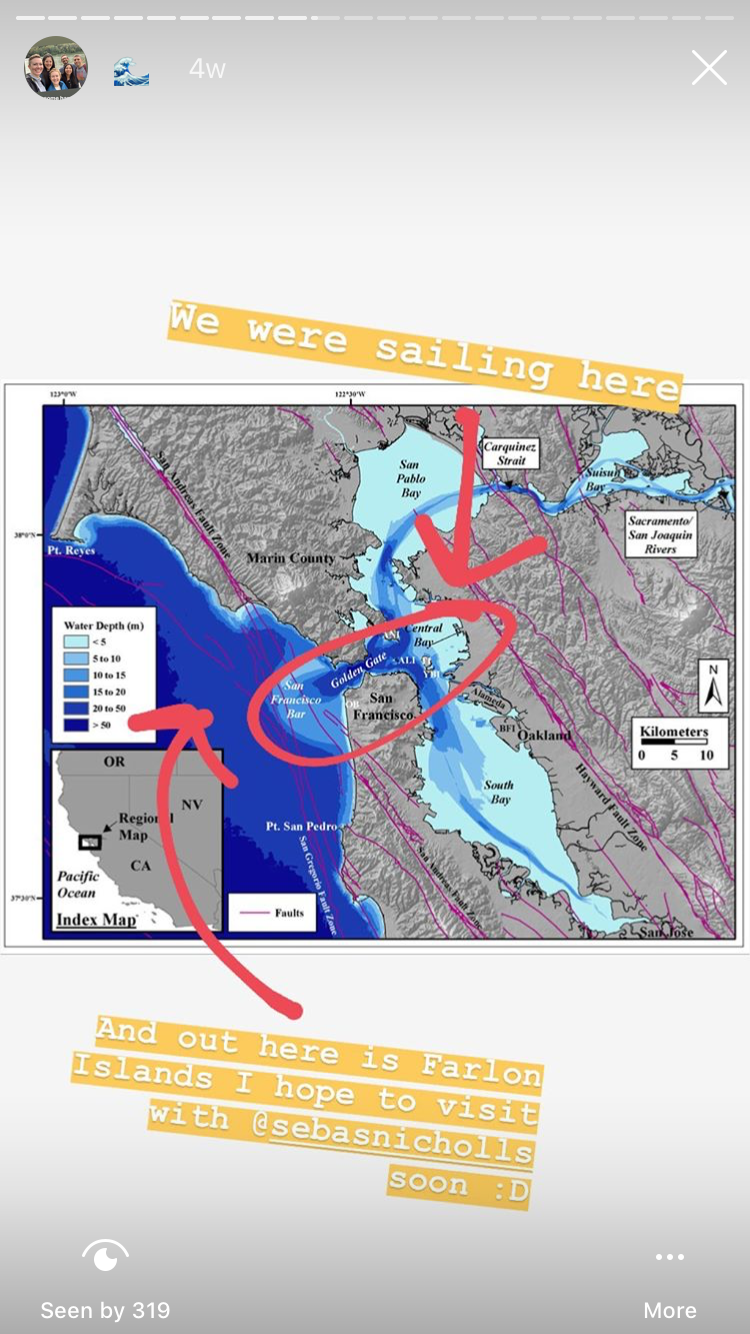
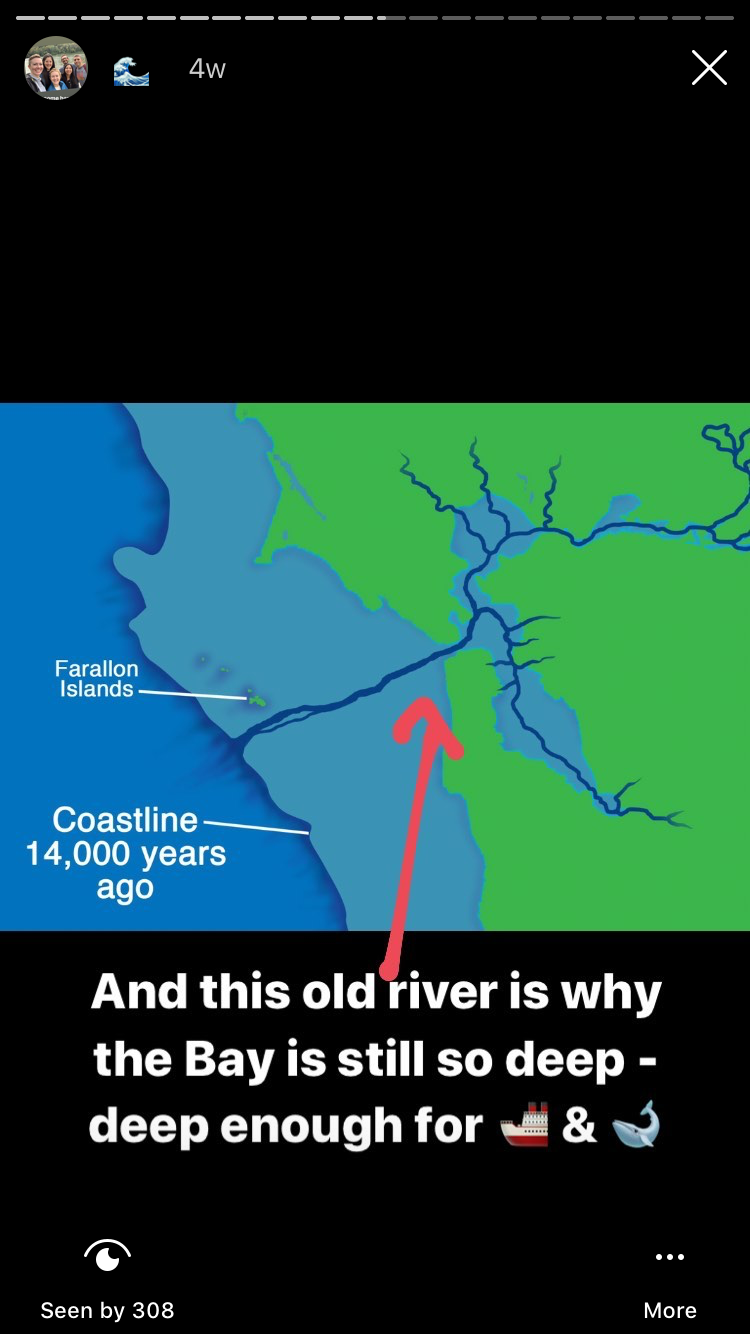
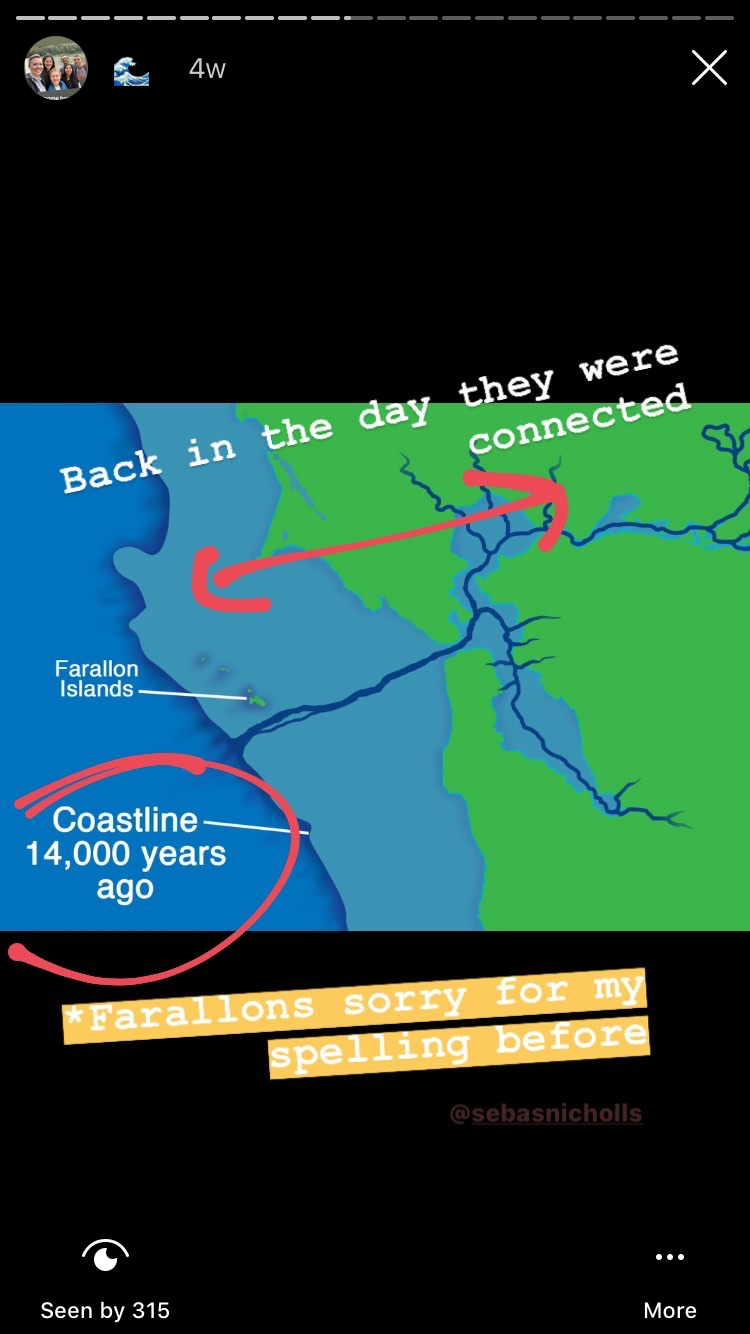

 RSS Feed
RSS Feed
